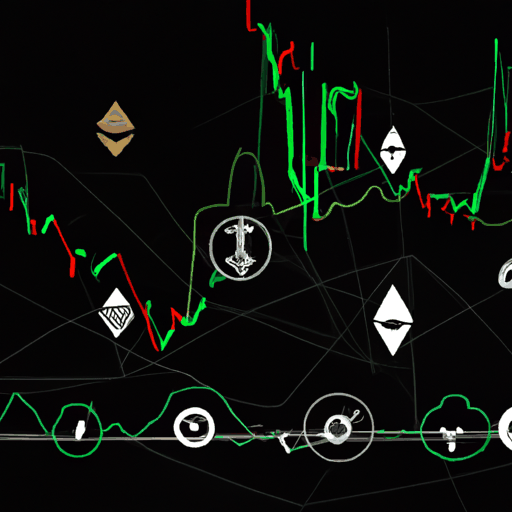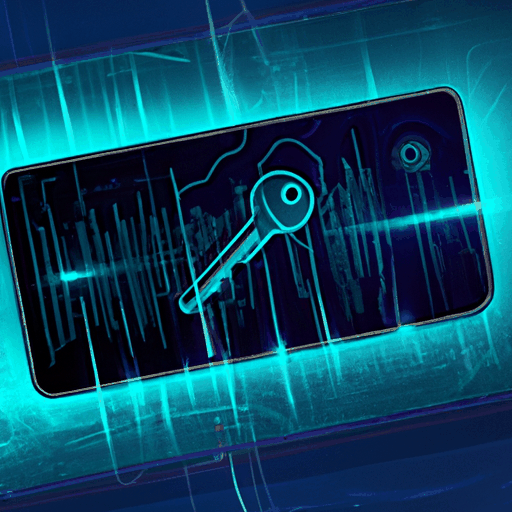
Concept of Blockchain Interoperability in Crypto Ecosystem
By: Isha Das
Blockchain interoperability refers to the ability of different blockchain networks to communicate and interact with one another, allowing for the seamless transfer of data and value across disparate systems. Given the proliferation of various blockchain platforms – each with unique protocols, consensus mechanisms, and functionalities – achieving interoperability has become crucial for enhancing the utility and efficiency of blockchain technology.
The key challenges in blockchain interoperability include differences in consensus algorithms, transaction models, and scripting languages. Projects like Polkadot, Cosmos, and Avalanche strive to tackle these issues by facilitating cross-chain interaction through innovative solutions such as relay chains, bridges, and hub-and-spoke models.
For instance, Polkadot employs a relay chain to connect different blockchains (parachains) and enable them to share information and validate transactions, while Cosmos uses hubs and zones to create a network of interconnected blockchains. Another approach includes atomic swaps, which allow users to exchange different cryptocurrencies directly between blockchains without intermediaries.
Blockchain interoperability not only promises to enhance scalability and functionality but also paves the way for more robust and integrated decentralized finance (DeFi) applications, creating a more connected and efficient crypto ecosystem.



